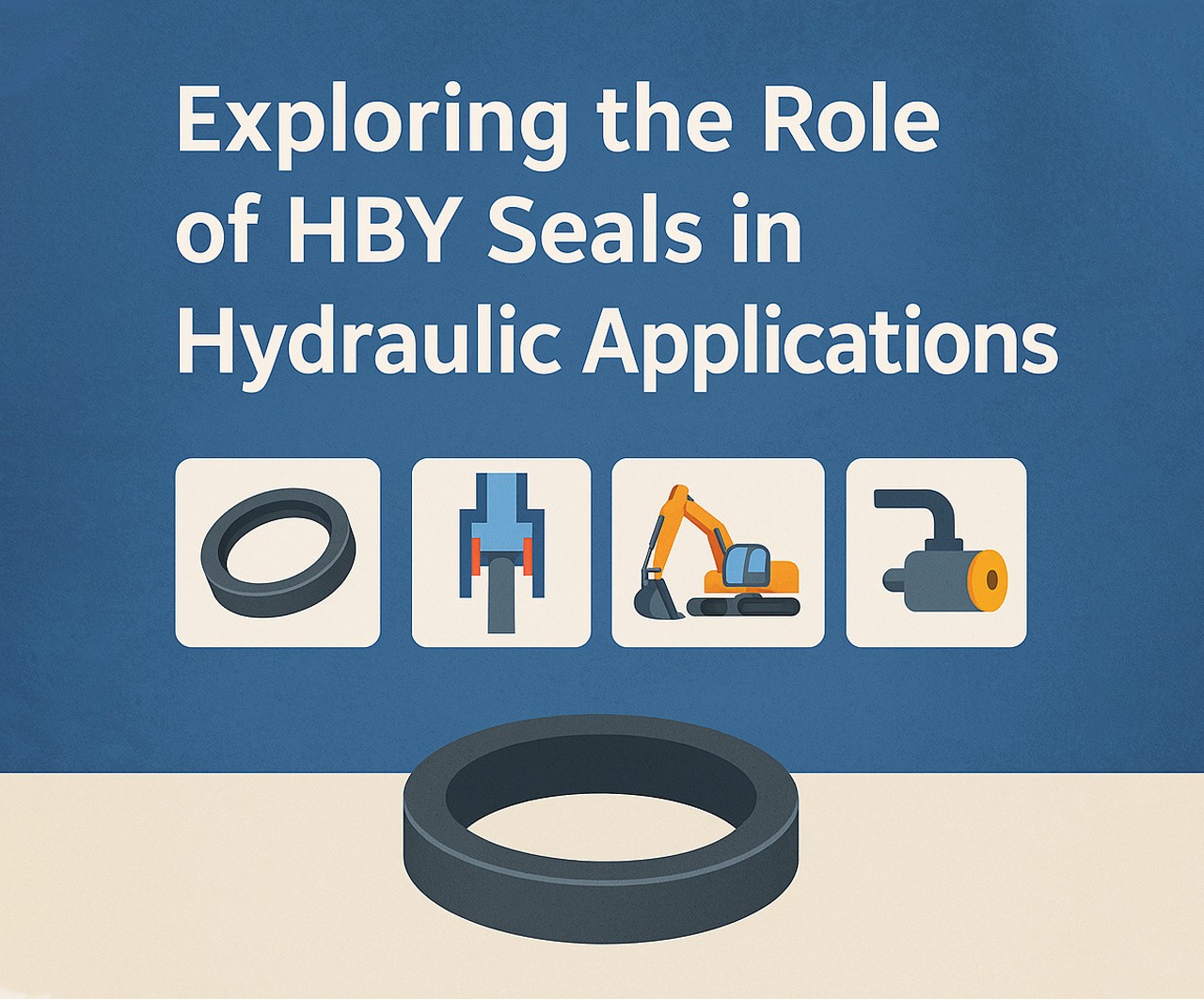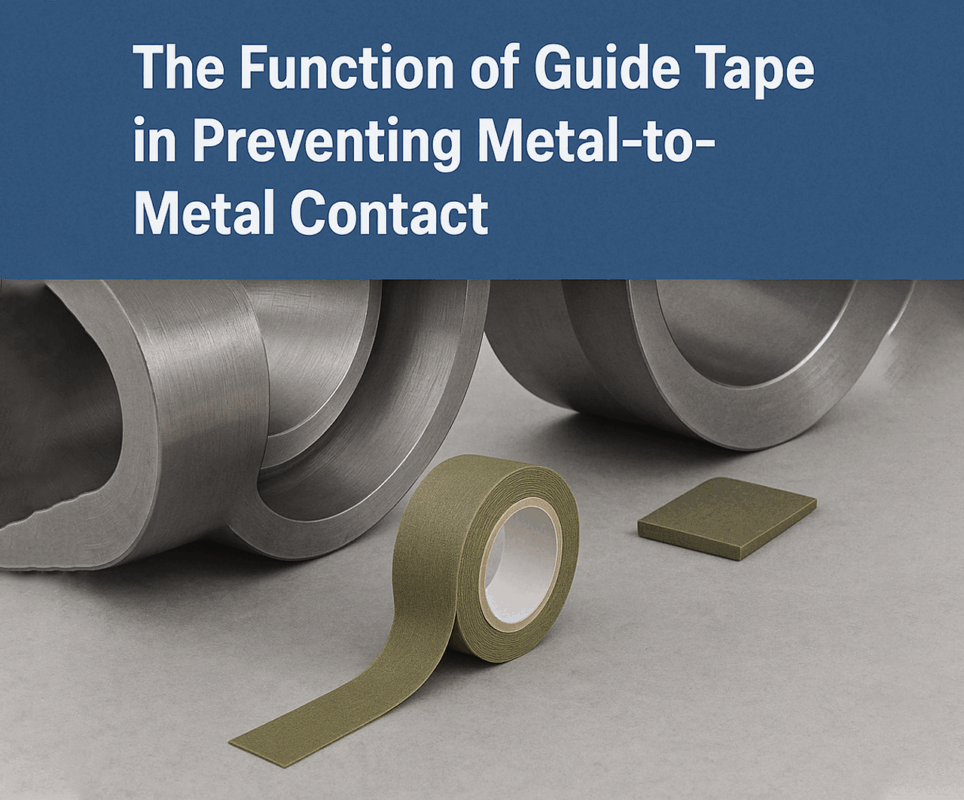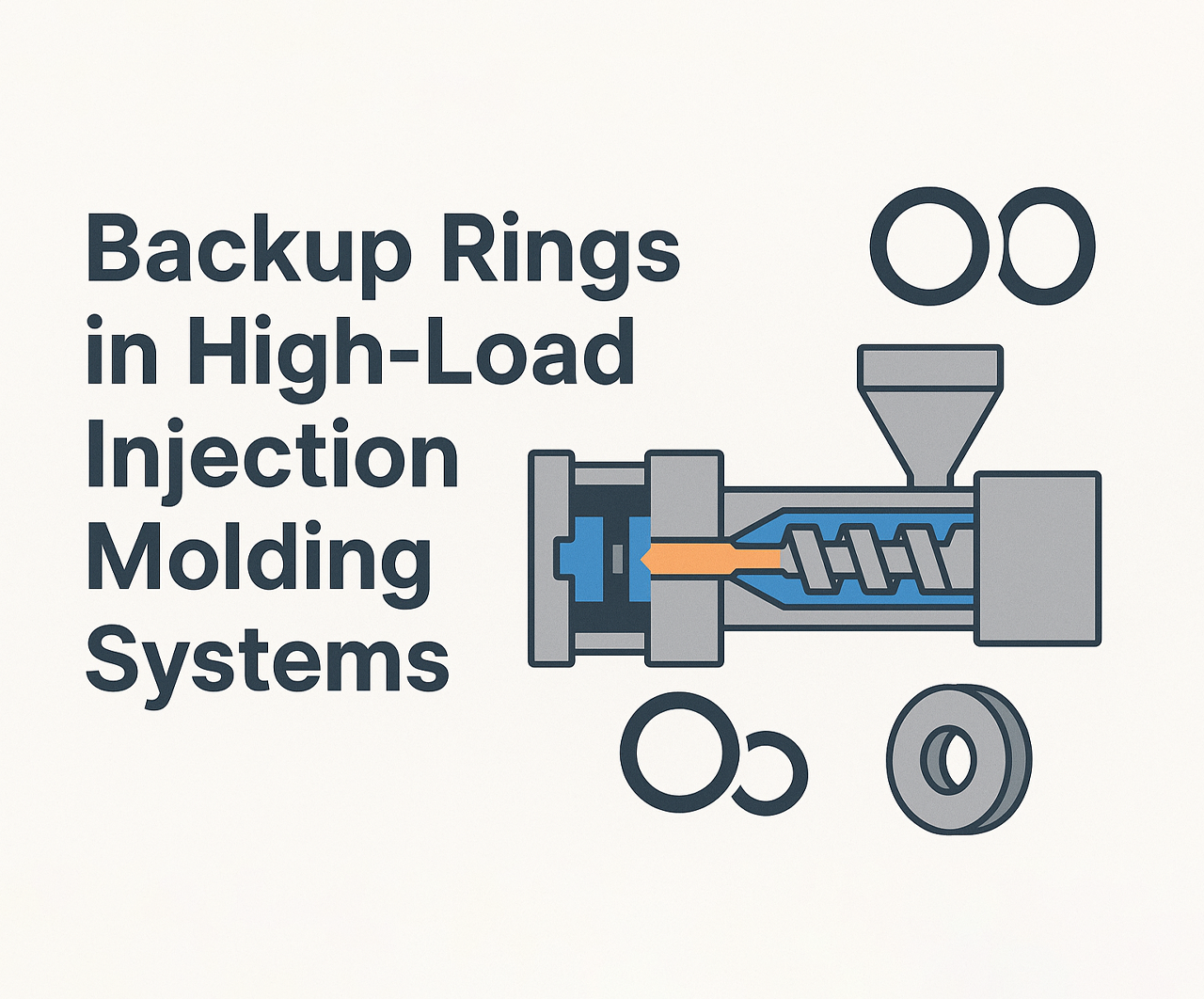In high-pressure, high-performance fluid systems, sealing efficiency directly determines system reliability, longevity, and safety. That’s why components like the HBY buffer seal, HBY seal, and the contributions of top hydraulic seal manufacturers are central to the conversation in modern hydraulic engineering. Whether in construction equipment, agricultural machinery, or industrial automation, HBY seals are designed to manage extreme pressure fluctuations and protect more delicate sealing elements downstream. Their unique functionality, material design, and placement within the hydraulic cylinder system make them indispensable. Know more..
What Is an HBY Seal?
An HBY seal is a type of buffer seal typically installed in hydraulic cylinders to absorb pressure shocks and fluid spikes. Positioned in front of the main rod seal (or primary seal), its job is to protect the main sealing element from direct exposure to high-pressure fluid surges, helping to prevent extrusion, premature wear, and leakage.
The HBY seal is typically used in tandem with a rod seal. As the rod retracts, the HBY acts as a buffer, controlling residual pressure before it reaches the rod seal. This not only enhances the lifespan of the rod seal but also reduces the risk of fluid leakage, contamination ingress, and system failure.
Anatomy of an HBY Buffer Seal
Most HBY buffer seals are composed of two key elements:
- Main sealing ring: Typically made of polyurethane (PU), this part resists high wear and maintains a tight seal under pressure.
- Support ring or backup ring: Made from POM or PTFE, this component helps resist extrusion and stabilizes the seal under fluctuating loads.
This two-part construction enables the HBY seal to handle higher speeds and more extreme operating pressures than typical single-lip rod seals.
Why Use an HBY Seal?
The inclusion of an HBY seal in a hydraulic system brings several advantages:
- Pressure shock absorption: Protects the primary rod seal from damage due to pressure spikes.
- Minimizes fluid leakage: Enhances sealing performance by controlling the fluid flow path.
- Reduces wear on rod seals: By lowering the pressure load, the rod seal lasts longer.
- Improves system efficiency: Stable seals reduce the energy losses caused by internal leakage.
- Extends maintenance intervals: Systems remain sealed and clean for longer periods.
This makes the HBY a crucial component in environments where shock loads and pressure surges are common.
Where HBY Buffer Seals Are Used
- Excavators and Backhoes: The heavy loads and quick movements in earthmoving equipment make it essential to manage pressure surges.
- Forklifts and Lift Trucks: Constant up-and-down motion requires reliable shock absorption.
- Injection Molding Machines: These hydraulic machines demand high precision and repeatability.
- Hydraulic Presses: Controlled motion under enormous pressure means no room for leakage.
- Agricultural Sprayers and Implements: These often face variable loads and exposure to contaminants.
How Hydraulic Seal Manufacturers Approach HBY Seal Design
Leading hydraulic seal manufacturers approach HBY seal design with several performance goals:
- Dimensional precision: Tight tolerances ensure optimal performance with rod guides and other sealing elements.
- Advanced materials: Polyurethane blends for flexibility and durability, with backup rings to prevent extrusion.
- High-speed compatibility: Designed to operate in systems where rod speeds are increasing with modern hydraulic controls.
- Ease of installation: Designed for snap-in installation into standard grooves without requiring specialized tools.
Many hydraulic seal manufacturers also offer customization in terms of diameter, thickness, and material formulation to match extreme use conditions like high-temperature or corrosive fluid exposure.
HBY Seal vs. Standard Rod Seal
| Feature | HBY Seal | Standard Rod Seal |
| Main Function | Shock absorption & buffering | Primary sealing against fluid loss |
| Placement | In front of rod seal | Closest to the external environment |
| Operating Pressure | 40–50 MPa | 20–35 MPa |
| Material | PU + PTFE/POM | NBR, FKM, or PU |
| Lifespan | Longer (when paired correctly) | Shorter under pressure shock |
In high-performance cylinders, both types work together to provide robust, leak-free operation.
Common Issues HBY Seals Prevent
- Rod Seal Blowout: By absorbing excess pressure, HBY seals prevent rod seals from being ejected due to sudden spikes.
- Backflow Contamination: The buffer function controls fluid directionality, improving cleanliness.
- Seal Extrusion: The backup ring component blocks seals from extruding into gap tolerances under pressure.
- Leakage at High Speed: Helps maintain fluid stability and tight sealing at elevated rod velocities.
Material Selection for Optimal Performance
Material science is key to HBY seal performance. Manufacturers balance elasticity, wear resistance, and temperature tolerance based on application.
Common Materials:
- PU (Polyurethane): High resilience, wear-resistant, operates up to 110°C.
- PTFE (Teflon): Low friction, chemically resistant, great for high-temperature environments.
- POM (Polyoxymethylene): Rigid support, excellent for backup rings.
Special blends are available for:
- Low-temperature hydraulic fluid (-40°C)
- High-temperature synthetic oils
- Biodegradable hydraulic fluids (common in environmentally sensitive applications)
Design Tips for Integrating HBY Seals
- Groove Design Matters: Ensure grooves are designed to standard ISO dimensions or verified specs from hydraulic seal manufacturers.
- Use with Rod Guide Rings: Prevents side loading and improves axial movement.
- Consider Double-Acting Applications: Use dual buffer seals where rod movement is bidirectional under pressure.
- Use Paired Lip Designs: Many HBY seals come with twin-lip profiles to improve pressure control.
Maintenance Best Practices
Like all sealing components, HBY buffer seals require proper care for maximum performance:
- Inspect during scheduled downtime: Replace seals showing wear, hardening, or cuts.
- Use correct lubricants: Avoid incompatible fluids that degrade PU materials.
- Check alignment: Misalignment of cylinder rods increases wear rate dramatically.
- Store seals properly: Away from heat and sunlight to preserve elasticity.
Case Study: Mining Excavator Cylinder Upgrade
A mining company experienced frequent rod seal blowouts in its hydraulic excavators. After consultation with a leading hydraulic seal manufacturer, they upgraded the cylinder design to include an HBY seal with a dual-lip PU profile and PTFE backup ring.
Results:
- Rod seal lifespan improved by 250%
- Downtime due to leakage dropped by 60%
- System pressures increased by 10% with no performance loss
This shows how effective HBY buffer seals are at mitigating high-impact hydraulic events.
Future Trends in HBY Seal Technology
- Smart Seals: Integration with sensors to monitor pressure and wear.
- 3D Printed Backup Rings: For on-demand prototyping and repair.
- Eco-Compatible Materials: Seals designed to work with biodegradable fluids.
- Self-lubricating HBY seals: Reduces friction and improves energy efficiency.
As hydraulic systems evolve, expect hydraulic seal manufacturers to lead innovation in HBY materials and multi-function designs.
Final Thoughts: Small Part, Big Performance
The HBY buffer seal might be small, but its role in hydraulic system performance is massive. Acting as the first line of defense against pressure surges, it enables smoother operation, reduces maintenance demands, and prolongs system life. When sourced from reliable hydraulic seal manufacturers, these seals deliver high ROI, especially in high-demand environments.
Whether you’re designing new systems or retrofitting old ones, the HBY seal is a smart investment in hydraulic integrity. In the world of fluid power, it’s the quiet workhorse that ensures every movement is precise, powerful, and protected.






